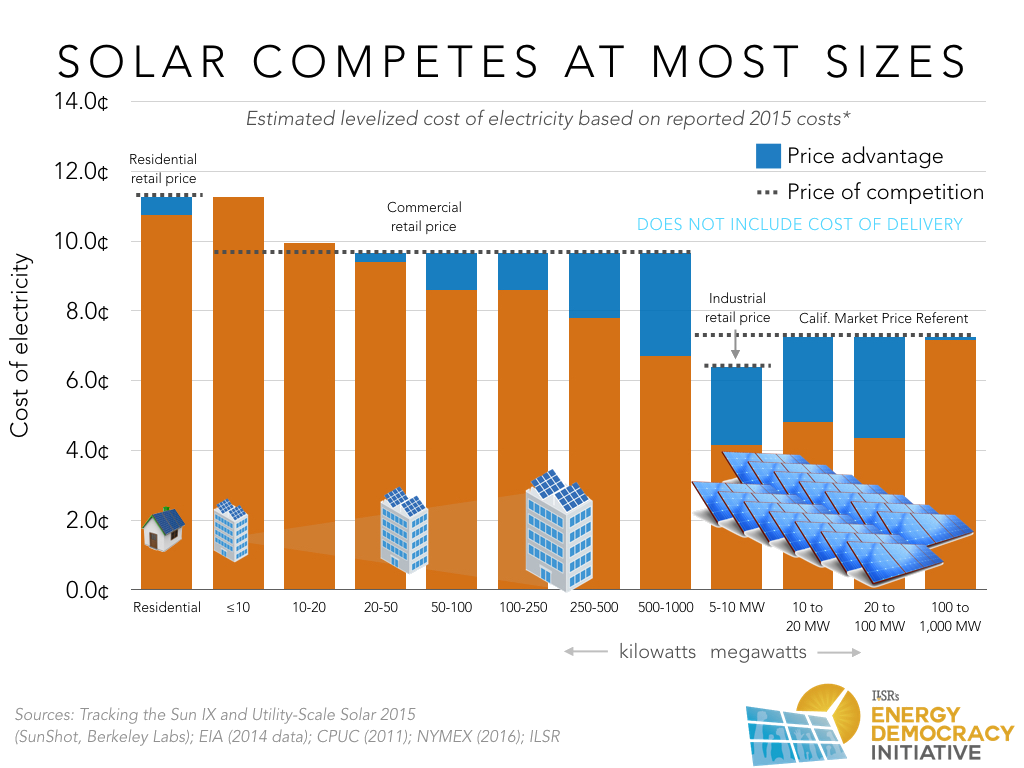Energy Democracy: Customer Control Over Renewable Energy — Episode 3 Of The Building Local Power Podcast
Welcome to the third episode of the Building Local Power podcast. Full transcript of the episode available here.
In this episode, Chris Mitchell, the director of our Community Broadband Networks initiative, interviews John Farrell, the director of our Energy Democracy initiative about the concept of energy democracy and about his latest report, Is Bigger Best in Renewable Energy? John specifically outlines some of the key concepts that make up the principles of energy democracy and how locally-owned renewable energy continues to shape our electric grid in new and exciting ways.
“We have traditionally had these large companies produce energy for us and our role is that we are simply customers,” says Farrell, “What’s really been happening in recent years is that we’re seeing a transition in the rules of the system…and that citizens want a bigger say over the [electric] system and their energy future.”
Podcast (Building Local Power Episode #3): Play in new window | Download
Subscribe: iTunes | Android | RSS
For more information on John’s work, follow John Farrell on Twitter or get the Energy Democracy weekly update and read his latest report: Is Bigger Best in Renewable Energy? and see more fantastic charts like the one below.
…
Audio Credit: Funk Interlude by Dysfunction_AL Ft: Fourstones – Scomber (Bonus Track). Copyright 2016 Licensed under a Creative Commons Attribution Noncommercial (3.0) license.
This article originally posted at ilsr.org. For timely updates, follow John Farrell or Karlee Weinmann on Twitter or get the Energy Democracy weekly update.
Have a tip for CleanTechnica? Want to advertise? Want to suggest a guest for our CleanTech Talk podcast? Contact us here.
Latest CleanTechnica.TV Video

CleanTechnica uses affiliate links. See our policy here.


